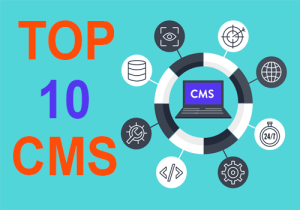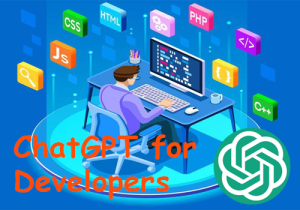ChatGPT is a powerful language model developed by OpenAI that can be used by developers to build natural language processing (NLP) applications. The model is based on the transformer architecture, which has been proven to be highly effective in a wide range of NLP tasks.

One of the key advantages of ChatGPT is its ability to generate human-like text. This makes it ideal for building chatbots, which are becoming increasingly popular in a wide range of industries. With ChatGPT, developers can create chatbots that can understand and respond to natural language input, providing a more natural and intuitive user experience.
Another key advantage of ChatGPT is its ability to perform a wide range of NLP tasks. This includes tasks such as language translation, text summarization, and question answering. This makes it a valuable tool for developers who are building applications that need to process and understand natural language data.
ChatGPT can be easily integrated into a wide range of applications and platforms. The model is available as an API, which allows developers to easily access its capabilities and integrate it into their own applications. It also supports multiple programming languages, such as Python, making it accessible to developers across different platforms.
In addition to its versatility, ChatGPT is highly customizable. Developers can fine-tune the model to suit their specific needs, such as training it on a specific domain or dataset. This allows developers to create highly specialized NLP applications that are tailored to their specific use case.
Despite its many advantages, it’s important to note that ChatGPT is not a one-size-fits-all solution. It may not be the best option for certain NLP tasks, such as sentiment analysis, where other models may be more effective. It’s important for developers to carefully evaluate their specific needs and choose the model that will best suit their application.
In conclusion, ChatGPT is a powerful language model that can be used by developers to build natural language processing applications. With its ability to generate human-like text and perform a wide range of NLP tasks, it’s an ideal tool for building chatbots and other applications that need to process and understand natural language data. Its ease of integration, customization, and support for multiple programming languages make it accessible to developers across different platforms. However, it’s important to evaluate the specific needs of the project and choose the model that will best suit the application.



